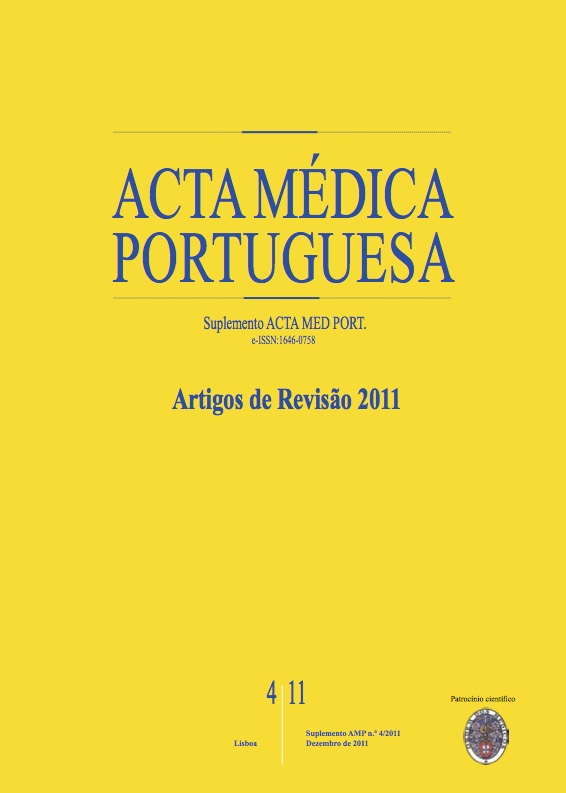Laserterapia de baixa potência no tratamento de úlceras diabéticas: um problema de evidência.
DOI:
https://doi.org/10.20344/amp.1583Resumo
Diabetes Mellitus is the leading cause of lower limb amputation, representing a significant economic cost for health services. The development of diabetic ulcers is a main risk factor for amputations, which have a high mortality rate at five years. The ischemia caused by macrovascular disease is a key pathophysiological factor in the development of ischemic ulcers. Existing treatments are prolonged and associated with high rates of failure and relapse, requiring the combination of multiple therapeutic modalities. Lowlevel laser therapy has been used as an adjuvant therapy for diabetic foot ulcers, since the 1960's, due to its hypothetical stimulating effects over microcirculation and tissue repair.Identification of published scientific studies through a literature search on PubMed, The Cochrane Library and Cochrane Controlled Trials Register.Existing evidence is favourable for in vitro cell models, but conflicting in animal models and human populations. There is significant methodological heterogeneity, which may be responsible for discordant results. Guidelines are proposed for future studies in this area, including the detailed characterization of ulcers and the parameters of laser treatment. Well-controlled studies, randomized and double-blind are needed. Accordingly to the primum non nocere, laser therapy can and should be used as adjunctive therapy in the treatment of diabetic foot, because it isn't invasive, has low costs and is a fast therapy without significant adverse effects.Downloads
Downloads
Como Citar
Edição
Secção
Licença
Todos os artigos publicados na AMP são de acesso aberto e cumprem os requisitos das agências de financiamento ou instituições académicas. Relativamente à utilização por terceiros a AMP rege-se pelos termos da licença Creative Commons ‘Atribuição – Uso Não-Comercial – (CC-BY-NC)’.
É da responsabilidade do autor obter permissão para reproduzir figuras, tabelas, etc., de outras publicações. Após a aceitação de um artigo, os autores serão convidados a preencher uma “Declaração de Responsabilidade Autoral e Partilha de Direitos de Autor “(http://www.actamedicaportuguesa.com/info/AMP-NormasPublicacao.pdf) e a “Declaração de Potenciais Conflitos de Interesse” (http://www.icmje.org/conflicts-of-interest) do ICMJE. Será enviado um e-mail ao autor correspondente, confirmando a receção do manuscrito.
Após a publicação, os autores ficam autorizados a disponibilizar os seus artigos em repositórios das suas instituições de origem, desde que mencionem sempre onde foram publicados e de acordo com a licença Creative Commons









